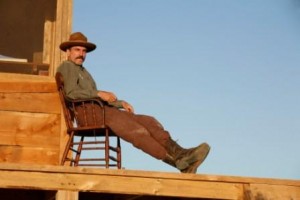
As you have undoubtedly heard, the Economics Department Picnic will be Tuesday, June 1 at 6 p.m. on the Hiett Patio. I’m new here, so I don’t know where that is, but this can be a Hayekian moment for you. As the saying goes, don’t wait until the last minute, unless the marginal benefits of doing so exceed the marginal costs.
I’m told from a reliable source — student representative to the Econ Social Committee, Suzie Kraemer — that there will be pizza.
And economists.



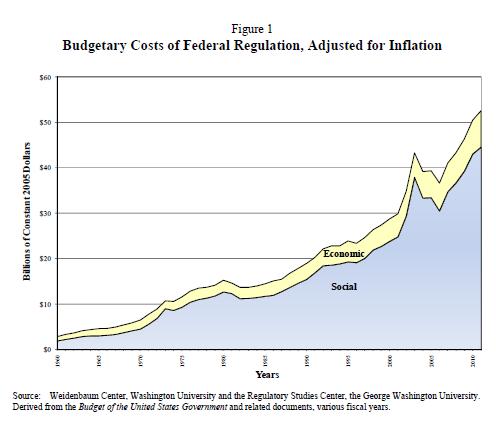
 That’s the
That’s the  It’s time to get ready for the penultimate Economics T
It’s time to get ready for the penultimate Economics T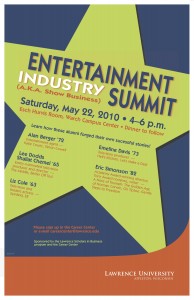

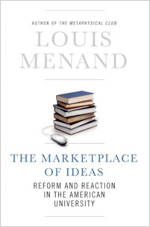 The second book is The Marketplace of Ideas: Reform and Reaction in the American University by Louis Menand. This is a provocative piece about why although academics tend to be liberal as a bunch, but institutional change within the academy is slow going.
The second book is The Marketplace of Ideas: Reform and Reaction in the American University by Louis Menand. This is a provocative piece about why although academics tend to be liberal as a bunch, but institutional change within the academy is slow going. The
The 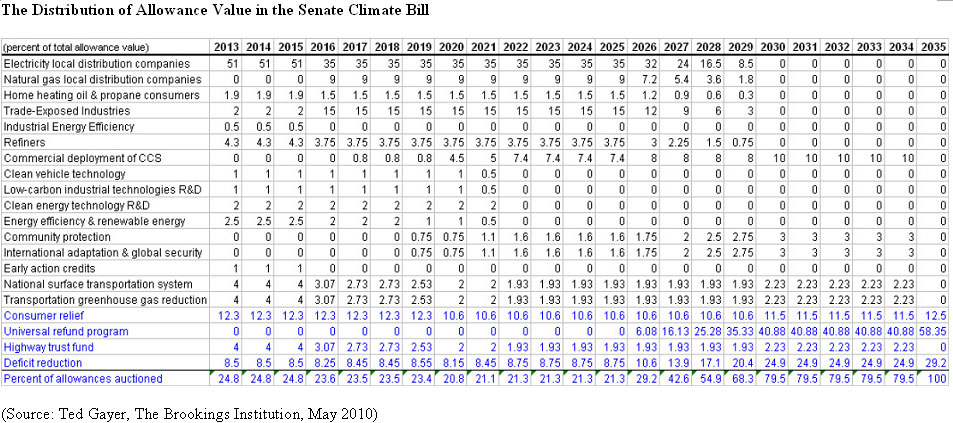

 … is certainly worth a barrel of cure. Instead of having these guys with big yellow boots (I thought only 4-year old boys ran around in public in galoshes out of season), perhaps it would pay to have more egghead types crunching data on safety risk. That was the message I gave in both my classes this week, as we sat down to read Shultz and Fischbeck’s “
… is certainly worth a barrel of cure. Instead of having these guys with big yellow boots (I thought only 4-year old boys ran around in public in galoshes out of season), perhaps it would pay to have more egghead types crunching data on safety risk. That was the message I gave in both my classes this week, as we sat down to read Shultz and Fischbeck’s “